Flies
Flies, belonging to the order Diptera, are very successful insects with about 17,000 species in North America. They utilize every habitat and every food source available on the planet, including humans. Since many flies are mimics of bees and wasps, they are often confused with them. However, flies have only one pair of wings, where bees and wasps have 2 pairs. In flies, the second pair of wings has evolved into 2 small knob-like organs, halteres, that act to stabilize it as it maneuvers through the air. They also have large eyes and short antennae, unlike wasps and bees which have smaller eyes and long antennae. Flies generally have piercing, sucking mouthparts, where bees and wasps have chewing mouthparts. Flies often hover over flowers, particularly syrphid flies and bee flies.
Flies have complete metamorphisis with the egg developing to larva, to pupa and on to the adult. Females of many species hatch their eggs internally and “larviposit” their tiny maggots in the appropriate breeding place. The ultimate scale of this process is achieved by the louse flies where the female keeps a larva inside her body until it is ready to pupate. Flies perform roles from spreading disease to aiding forensic science in determining the time a death occurred. Many are important pollinators of flowers. Flies have many natural enemies from spiders, wasps, and other flies to fungi.
Disclaimer: The content of NatureSearch is provided by dedicated volunteer Naturalists of Fontenelle Forest who strive to provide the most accurate information available. Contributors of the images retain their copyrights. The point of contact for this page is: Loren Padelford.
-
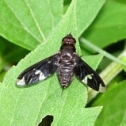 Bee Flies / Tangle-veined Flies
Bee Flies / Tangle-veined Flies
-
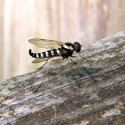 Biting Flies / Snipe Flies
Biting Flies / Snipe Flies
-
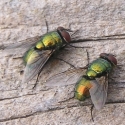 Blow Flies / Flesh Flies / Dung Flies
Blow Flies / Flesh Flies / Dung Flies
-
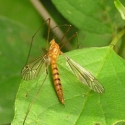 Crane Flies
Crane Flies
-
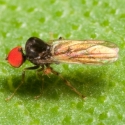 Dance Flies
Dance Flies
-
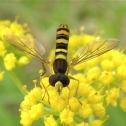 Flower Flies
Flower Flies
-
 Frit Flies
Frit Flies
-
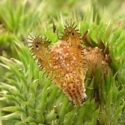 Fruit Flies / Picture-winged flies / Marsh Flies
Fruit Flies / Picture-winged flies / Marsh Flies
-
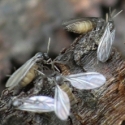 Fungus Gnats
Fungus Gnats
-
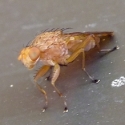 Heleomyzid Flies
Heleomyzid Flies
-
 Leaf Miner Flies
Leaf Miner Flies
-
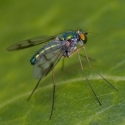 Long-legged Flies
Long-legged Flies
-
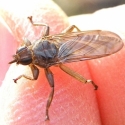 Louse Flies
Louse Flies
-
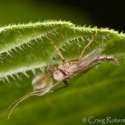 Midges
Midges
-
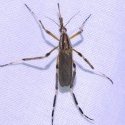 Mosquitos
Mosquitos
-
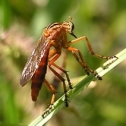 Robber Flies / Mydas Flies
Robber Flies / Mydas Flies
-
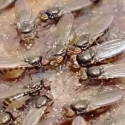 Sap Flies
Sap Flies
-
 Small-headed Flies
Small-headed Flies
-
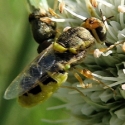 Soldier Flies
Soldier Flies
-
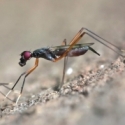 Stilt-legged Flies
Stilt-legged Flies
-
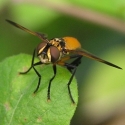 Tachinid Flies
Tachinid Flies
-
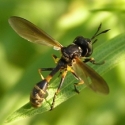 Thick-headed Flies
Thick-headed Flies
-
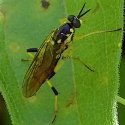 Xylomyid Flies
Xylomyid Flies
-
 Xylophagid Flies
Xylophagid Flies
